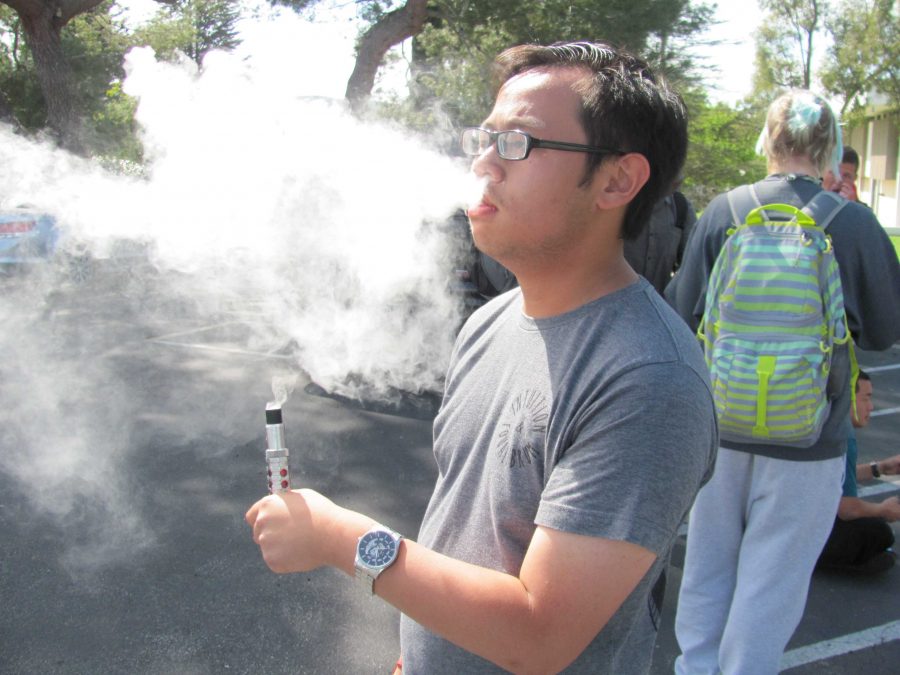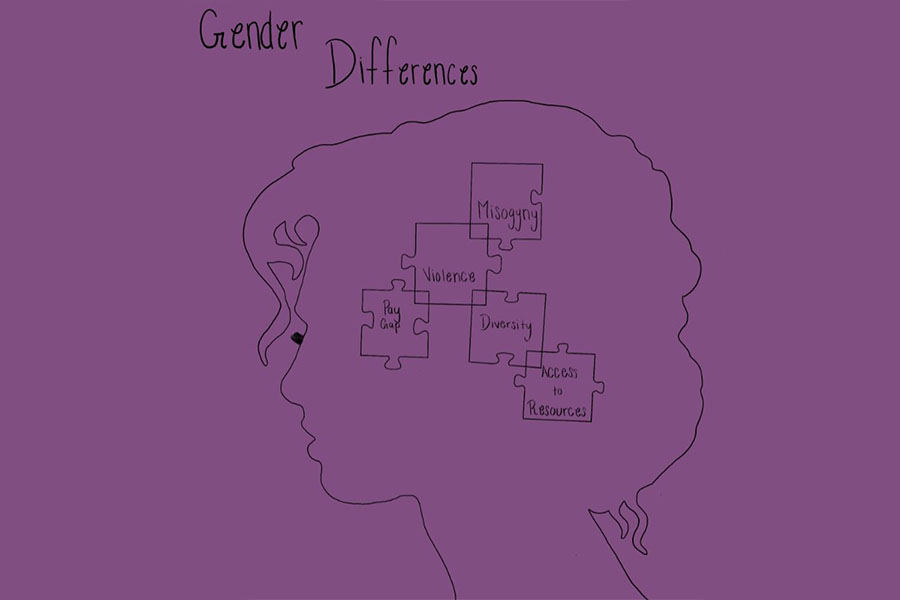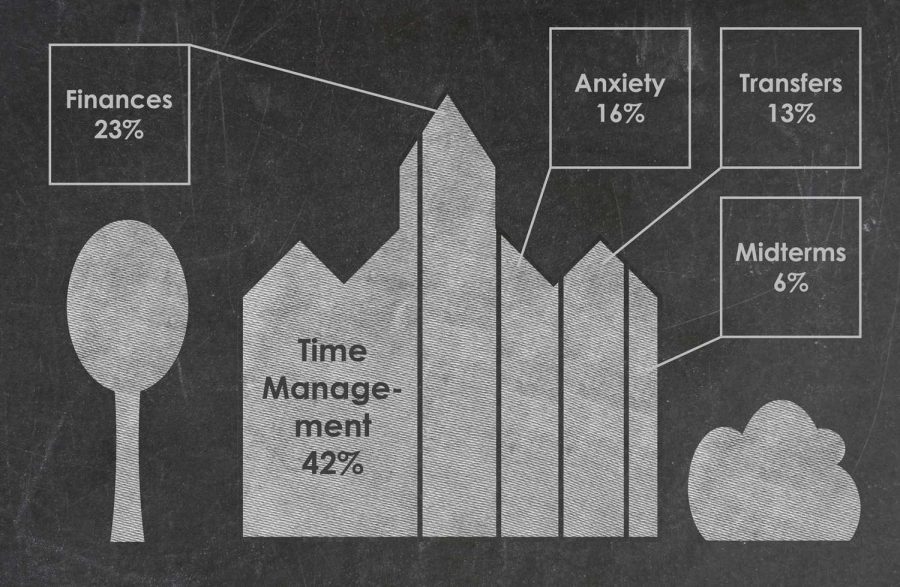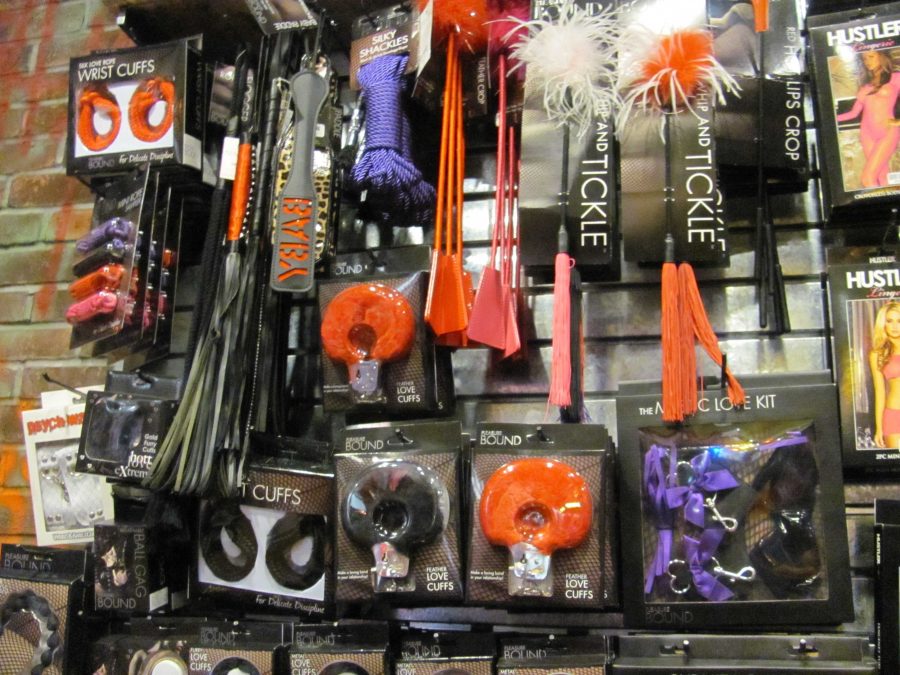Vaping has increasingly become a new trend for many smokers nationwide who use it to get their nicotine fix without inhaling the cancerous toxins found within cigarettes. Although vaping appears to be safer, how does it affect the heath of second-hand vapers?
Vaping refers to the heating of a nicotine-based liquid via a battery source within the device, which creates a vapor and is inhaled by the user. ProjectVape.com said that these liquids, or ejuices, are generally known to contain chemicals such as Vegetable Glycerin (found in food and personal care products), Propylene glycol (mostly found in fog machine liquid), nicotine, and an artificial flavoring of desired taste. Since they are tobacco free, e-cigs and ejuices are currently unregulated in the United States, so contents of chemicals is subject to change form seller to seller.
Because of this unregulated market, there have been a varying number of test results.
A study done by TobaccoControl.bmj.com found that e-cigarette vapors contained some toxic substances, but these levels of the toxicants were 9–450 times lower than in cigarette smoke.
Another study by Wolfgang Schober of the Bavarian Health and Food Safety Authority found that vaping worsened indoor air quality, specifically by increasing the concentration of nicotine, particulate matter, and aluminum which are all compounds that have been linked to lung and cardiovascular disease and cancer among other health effects.
Ultimately, vaping is a better alternative to smoking cigarettes because it’s ejuices contain less harmful toxicants than cigarettes do.
However, second-hand vapers are still being exposed to raised levels of nicotine (which is an addictive substance all on it’s own) along with compounds linked to cause disease. Not only that, the odor of a vapor pen can be extremely potent, and in some cases, can be too uncomfortable to endure.
The decision is to be made by the operator of the device, but it should be a common courtesy to consider others around the operator.



















